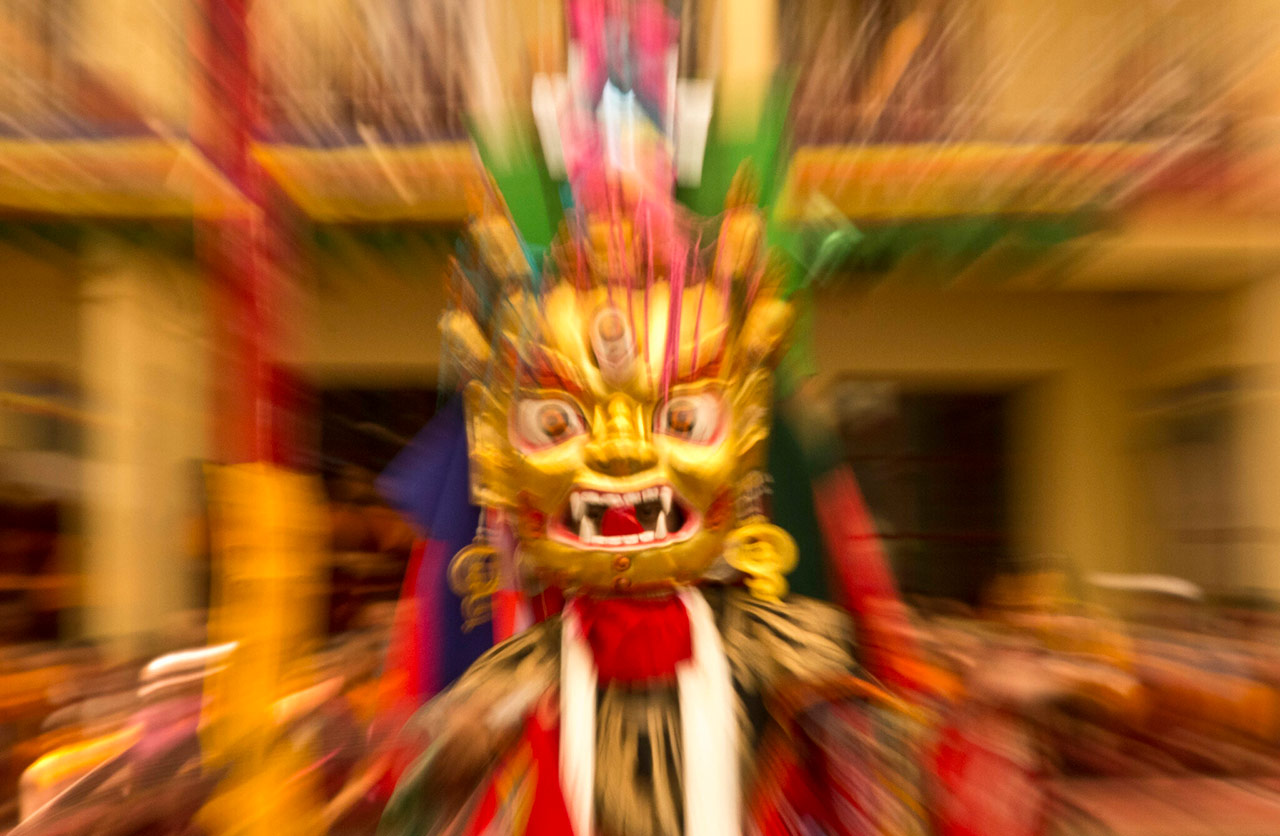
Sikkim, the Land of Peace and Tranquility, is home to Lepchas, Bhutias, and Nepalese. The sole brother of the seven sister states of India, blooming in the lap of Eastern Himalayas, Sikkim is not only thriving for its mountain walls, Day-Glo valleys, enchanting lakes, and sparkling waterfalls also in its multi-ethnic societal nature.
Ethnic diversity goes hand in hand with cultural and traditional variety, making Sikkim a kaleidoscope of culture. Indeed, people celebrate more than 21 premier Sikkim festivals and artistic beauty of the land of mystic and splendour and worship every wit of nature, from mountains to rivers to forest patches.
The Sikkim festivals are consequently categorically either social celebrations or religious festivals. The spiritual and social festivals are interlaced in most cases. Under religious festivals, the more isolated categorization is among Buddhist festivals and Hindu festivals. At the same time, the social celebrations of Sikkim are branched among the lines of tribal and ethnic diversity.
Let us travel to the world of Sikkim Festival, the cultural beauty of the land of mystic and splendour.
1. Lasoong Festival
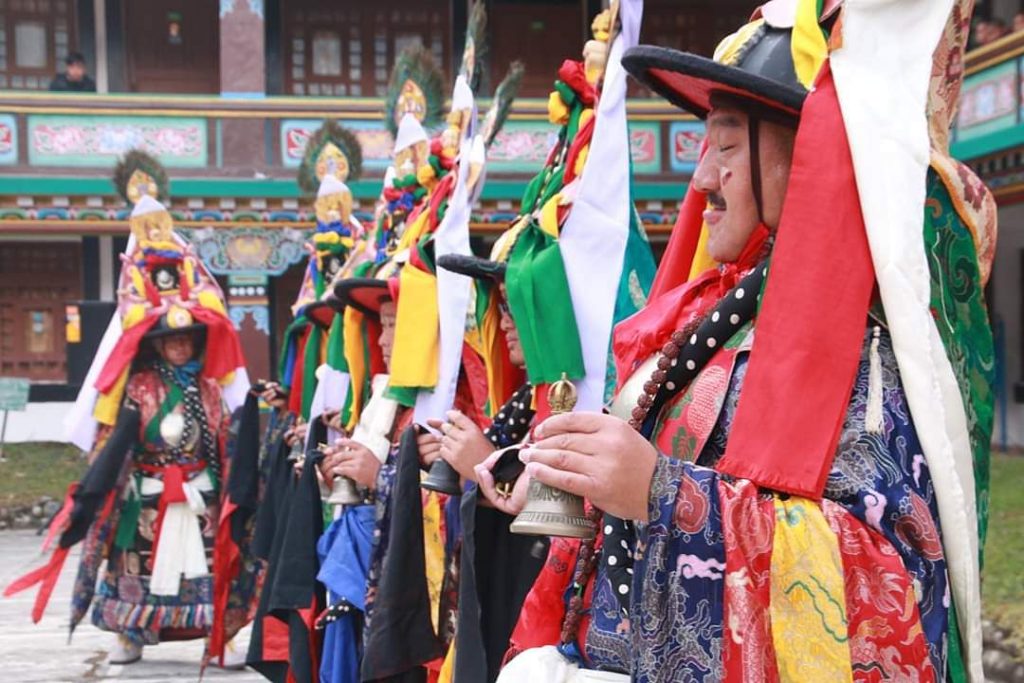
Blossomed as a social festival celebrated by the Bhutias tribe, it spread to the Lepchas community. Moreover, years later, Lasoong came to be one of the most solemn festivals in Sikkim, Darjeeling and Nepal.
Markedly, the Tibetan calendar perceives the 18th day of the 10th lunar month, December, in the Georgian calendar, as the Lasoong Day. Correspondingly, It coincides with the end of the harvesting season. The Sikkim population observes it as the Sikkimese New Year.
The 4-day celebrations of Lasoong are incomplete without the Chaam dance in monasteries at Rumket, Phodong, and Tsuklakhang monasteries, followed by Archery competitions. The Lepcha community celebrates the festival differently.
The Namsoong festival (name of Lasoong festival in Lepcha community) begins with the priest Bongthing and Mun offering the Chi Fut to the Gods, followed by the Chaam dance (black hat dance), symbolizing the destruction of evil spirits and narrating the tales of Guru Padmasambhava. Later, at midnight, burning the figure of the demon king, Laso Mung Punu.
2. Losar Festival
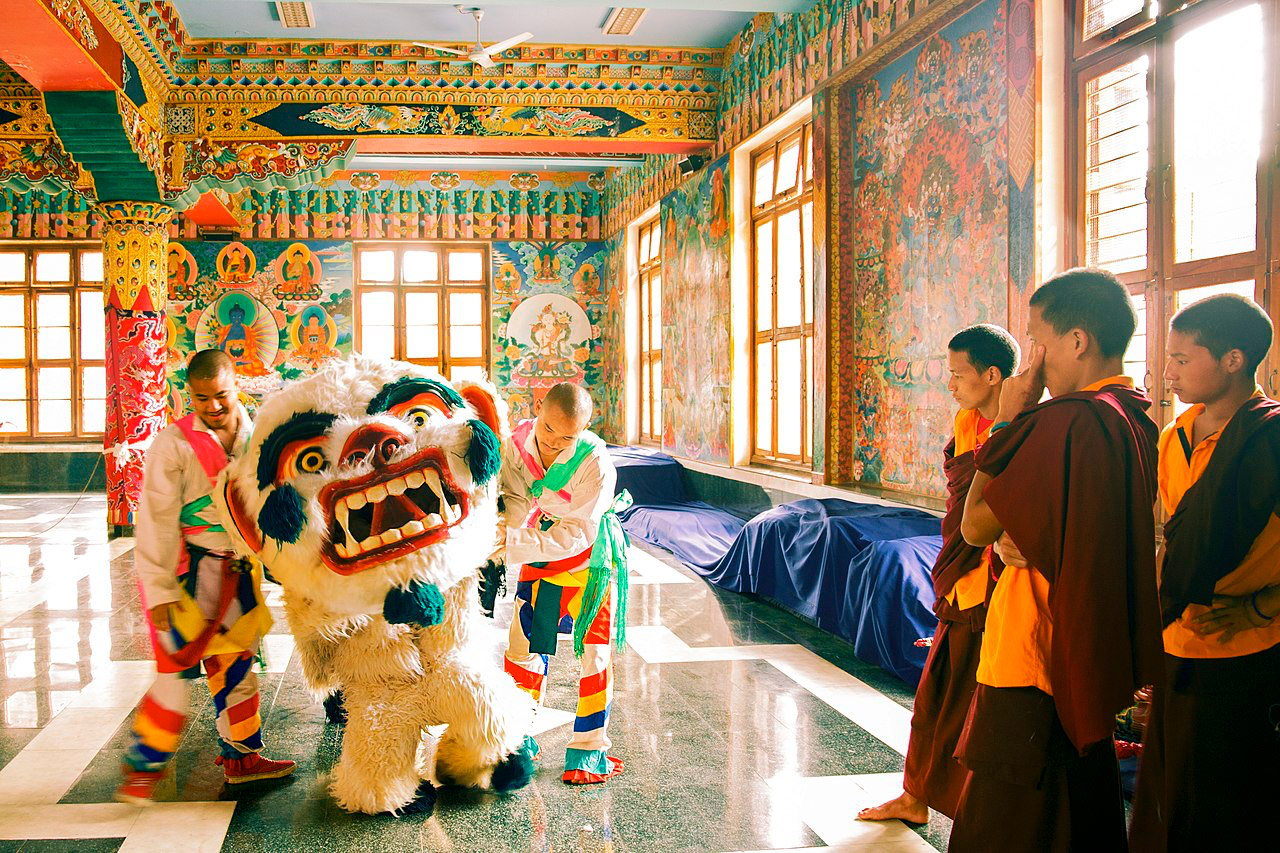
Buddhist communities like Sherpas, Tamangs, Gurungs and Bhutias celebrate Losar as one of the most civic religious festivals. In the Tibetan language, the term ‘Losar’ means ‘New Year’. The celebrations of Losar, the Tibetan New Year festival, continues for over two weeks. However, the first three days explicitly hold premier significance.
On the first day of the festival, Chango drinks are prepared using chaang. On Gyalpo Losar, the second day, people give gifts and blessings by greeting each other ‘Tashi Delek’. Furthermore, Yak dance and Sampa throwing by the Tibetan youth represent yet another distinctive feature of the celebrations in Sikkim.
A few days before the festival in January-February, the monks perform a gratitude ritual to please the water spirits, ‘Nagas’ and subsequently perform Lama masked dance in monasteries to exhibit victory of good over evil.
3. Teyongshi Sirijunga Sawan Tongnam
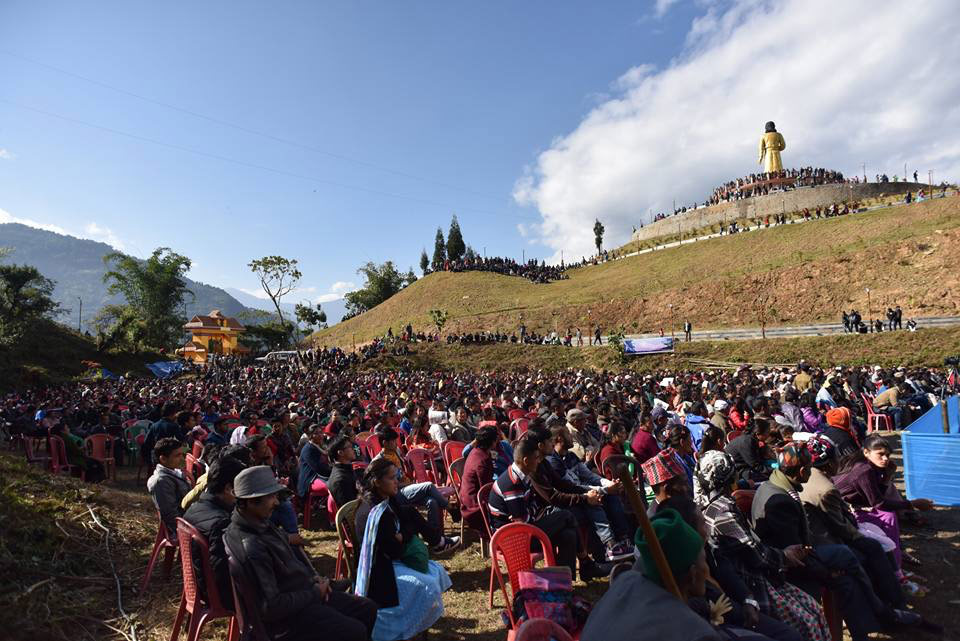
Teyongshi Sirijunga was a Limboo scholar of the 18th century who devoted his life to the revival of the tradition of the Limboo community, ‘Yuma Samyo’. The festival commemorates the birth anniversary of the legendary scholar.
In line with the Bikram Samwat (the official Nepalese calendar), communities celebrate the festival on the full moon day of mangsir month (November- December according to the Georgian calendar). Chiefly, the Limboo tribe celebrates the social festival as a momentous fest, particularly in West Sikkim.
The first aim of the fair is to pay tribute to the sacrifice of the disciples of Teyongshi Sirijunga and homage to his motive of cherishing the Limboo culture.
The community performs various cultural performances and award ceremonies, preceded by the traditional puja ceremony in the morning. The cultural performances vividly involve the Limboo folk dance and musical presentations, while the award ceremony celebrates the achievements and contributions of prominent Limboo personalities in vivid fields.
4. Maghe Sankranti
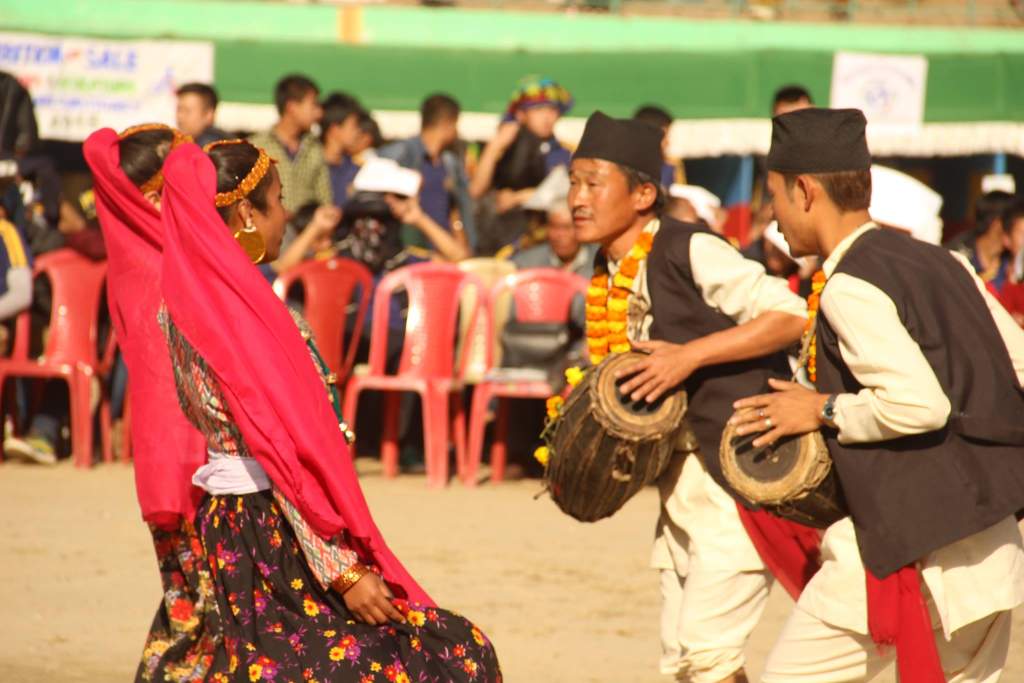
The Nepalese community in South Sikkim celebrate Maghe Sankranti, the three-day religious Sikkim festival, on 14th January. Maghe Mela distinctly marks the celebration, revealing its origin from the 1955 agricultural fair of Jorethang.
According to the Hindu lunar calendar, the celebration marks the beginning of spring, the sacred month of Magh. Sikkimese and Nepalese cultures regard it as the sun’s ‘holy phase of transition’ to the Capricorn zodiac sign.
The festive day ushers in the religious ceremonies performed on River Rangit and stream of Triveni of Teesta. The festival promotes diversity and cherishes the unity and brotherhood in the state.
5. Tendong Lho-Rum-Faat
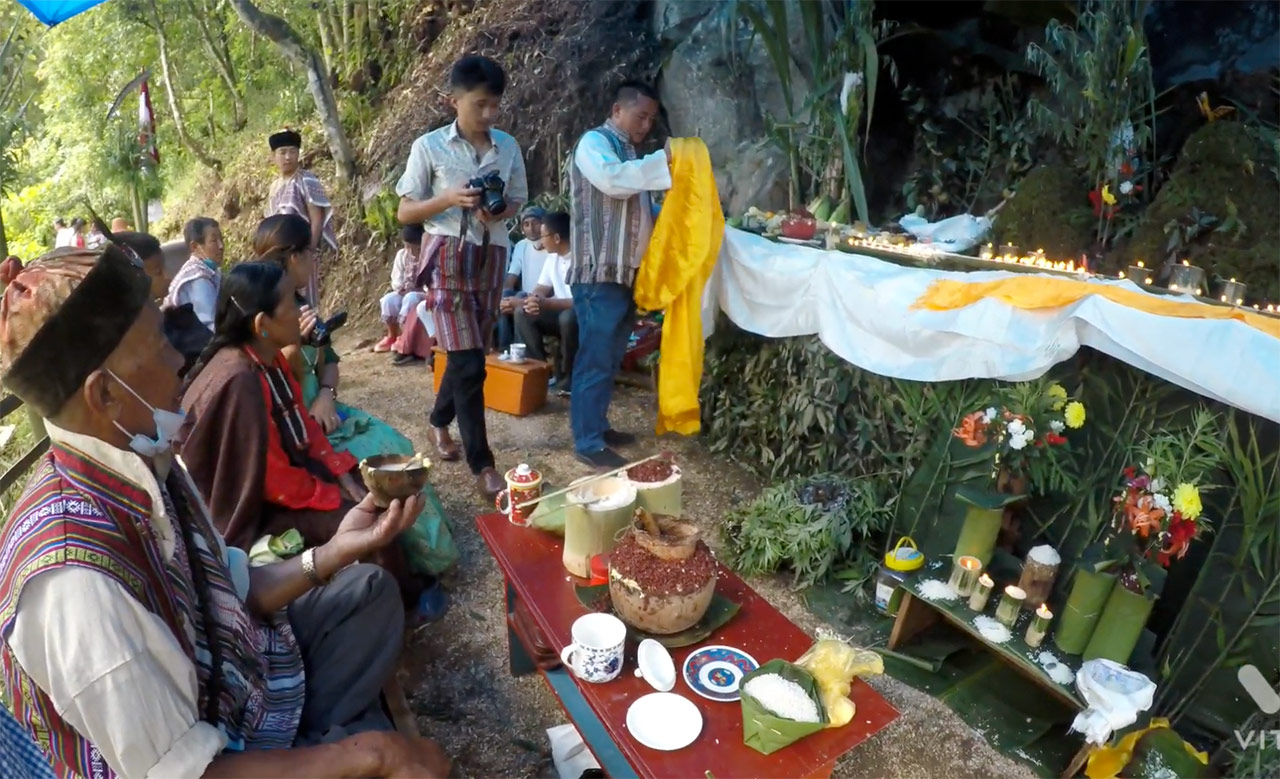
Tendong Lho-Rum-Faat, titled ‘The Ancient celebration’ in Sikkim, owes its origin in the ancient tales glorifying the rescue of the Lepcha tribe from a veritable flood that hit the Mayel Lyan country (present, Sikkim), lasting for 40 nights.
In the devastating event, the sacred Tendong hill served as the saviour. The Lepcha community worships the Tendong hill at Namchi as ‘the hill of the raised horn’. It is a 3-day festival, celebrated in July-August.
Trekking excursion is the memorable highlight of the festival. The Lepcha community shows close knit-ties with their tradition. Thereupon, during the festivities, the people of the Lepcha community use nine religiously precious stones to prepare the model of the mountain. People of the congregation worship these models placed at the façade of each house.
6. Bhumchu Festival
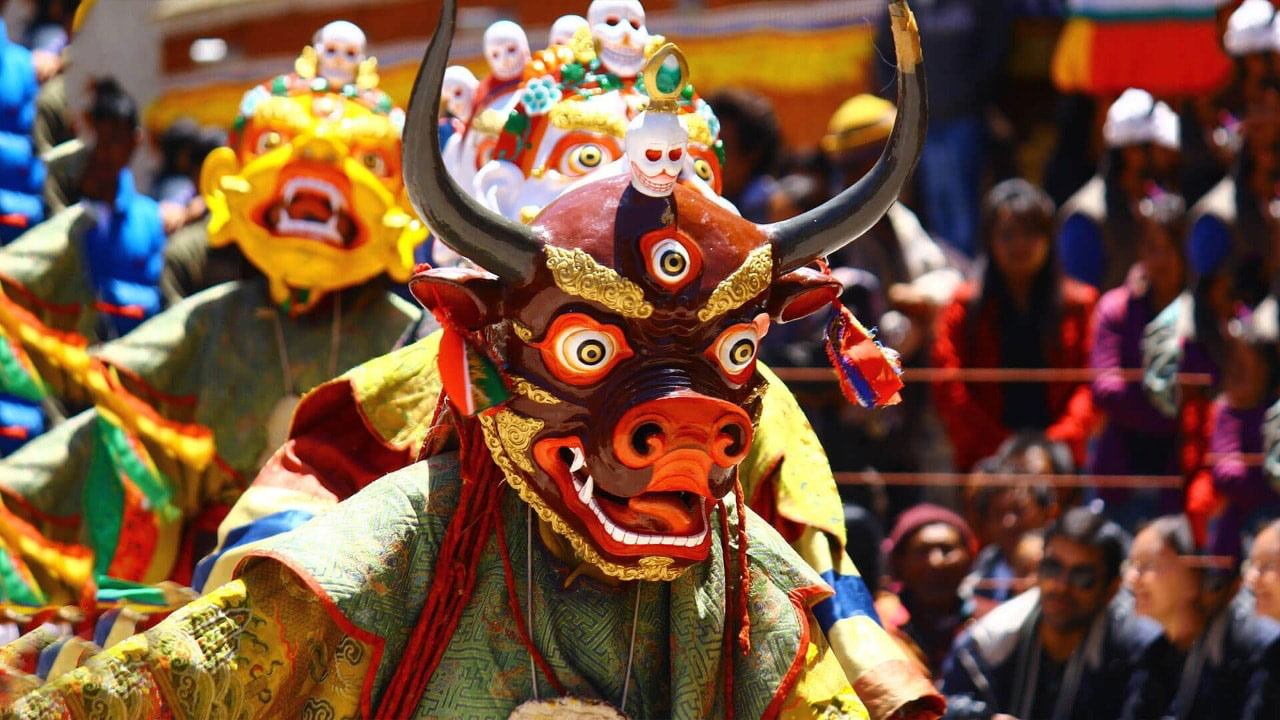
Bhumchu, one of the most notable religious Sikkim festivals of the Buddhist communities, celebrated in the North-Eastern state, sought its genesis in the historical tales. The tales reveal the first observance under king Trisong Deutsonin in 755 – 804 CE, predominantly in Tibet. In the final analysis, the festival witnessed a revival in the 17th century. A sacred vase dating back to the king’s reign assumes unprecedented significance in this festival.
The monks at Tashiding monastery commence the celebration by opening the holy vase of water. Forthwith, the ceremony ends on the second day by refilling the vase with holy river water for the following year. The monks serve the water in the vase as the prediction indicator for the future of the state.
If the water level has lowered, it indicates the state would face famine or drought; raised water status in the vase reveals flood-like conditions; then again, a half-filled vase suggests a prosperous and fortunate future. The lamas distribute a minuscule portion of this holy water among the devotees for a healthy and contented year ahead.
Other Sikkim Festivals
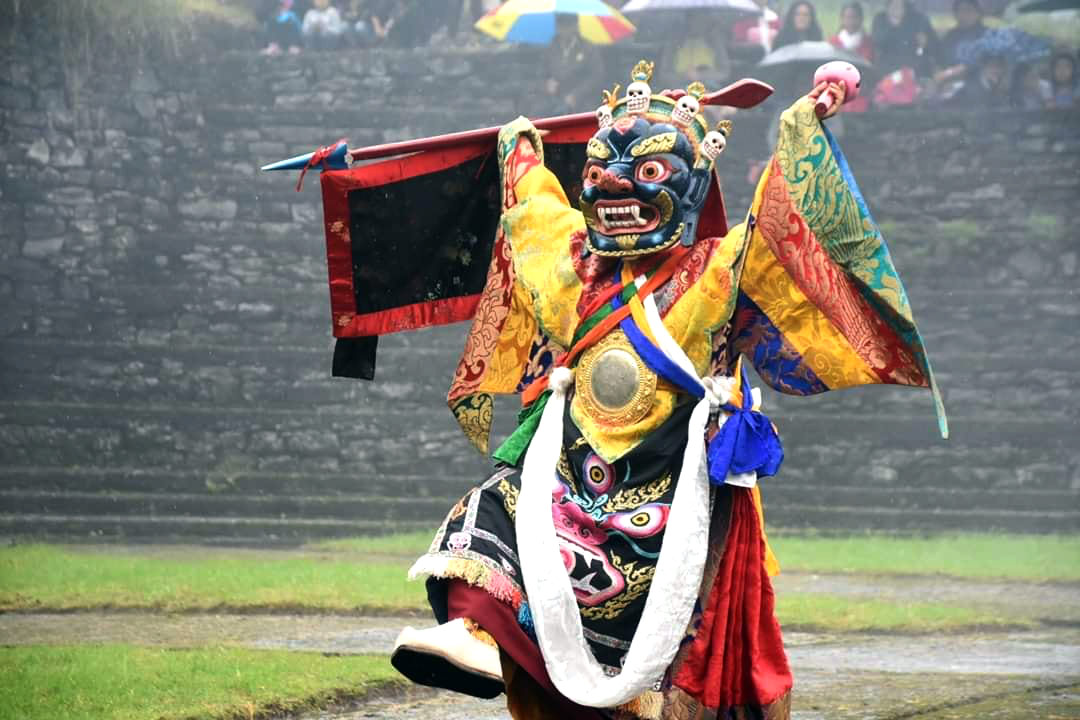
To sum up, besides the list mentioned above, festivals like Pang Lhabsol, Tamu Lochar, Dashain equally hold a special place in Sikkimese culture and tradition. In addition, many festivals closely resonate with the traditional fêtes of other parts of India, for instance, Tihar. At the same time, the rituals are unique to the Sikkim communities.
The people of Sikkim believe in nature worship. It is evident in the festivals like Pang Lhabsol, in which Mount Kanchenjunga is worshipped as the guardian deity of Sikkim. Over the years, the state has also stamped out and accommodated festivals and special events to attract the tourist population. Winter Carnival, International Flower show, Rhododendron festivals are some Sikkim festivals created and promoted in the contemporary period to exhibit the state’s forte and beauty.





